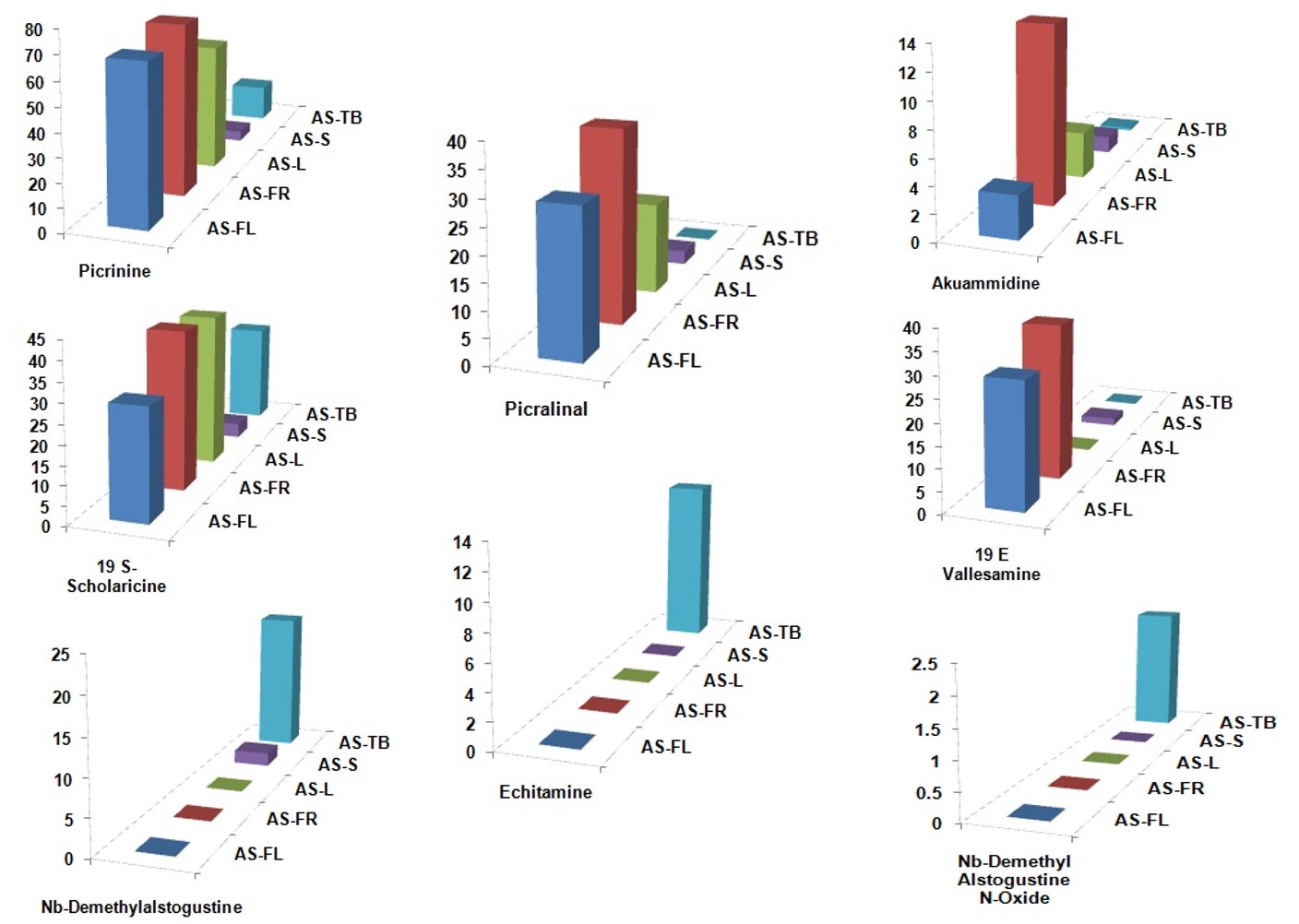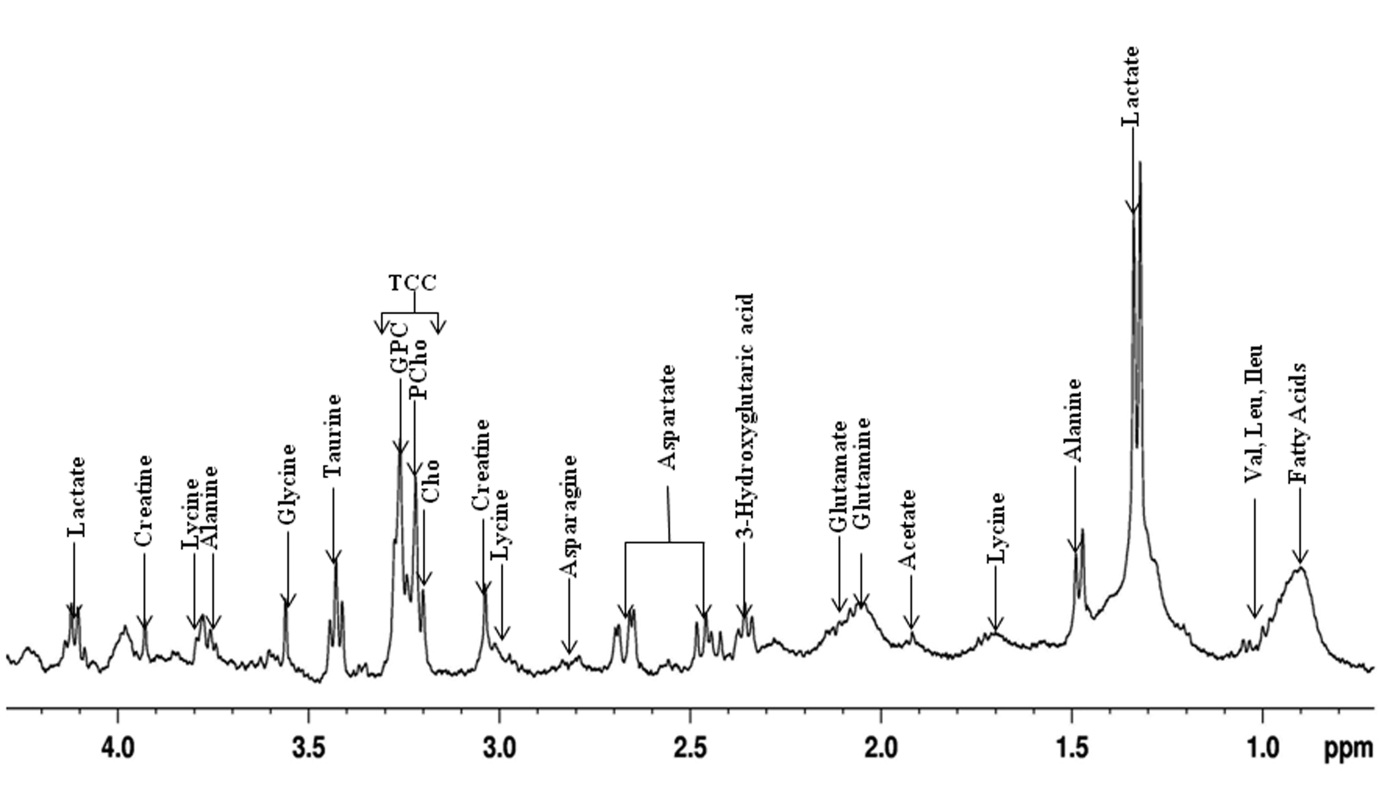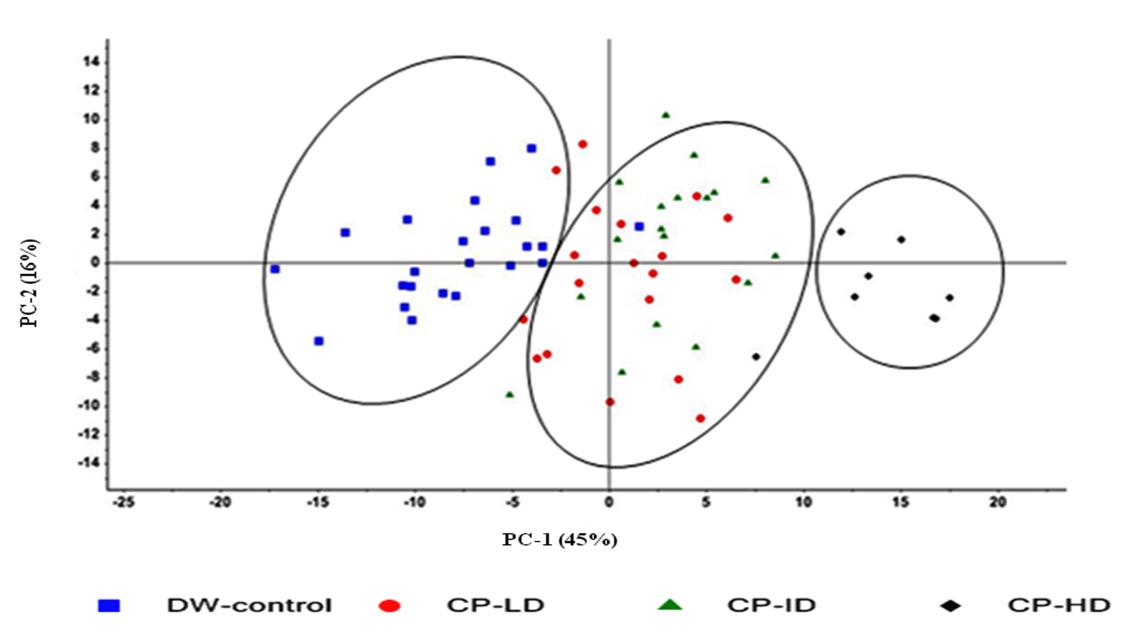At present in our lab we are mainly working on Identification, characterization, structure elucidation/verification of small molecules (natural product and synthetic) and NMR based Metabolomics.
Structural characterization
Nuclear Magnetic Resonance (NMR) spectroscopy is an analytical technique used in quality control and research
for determining the content and purity of a sample as well as its molecular structure. NMR can quantitatively
analyze mixtures containing known compounds and NMR can be used for structural characterization of unknown compounds.
In order to get the desired information, a variety of NMR techniques are available. We are utilizing various one dimensional
(1H, 13C, DEPT, NOE etc) and two dimensional NMR experiments (COSY, DQF-COSY, TOCSY, HSQC, HMBC, HSQC-TOCSY, NOESY/ROESY etc.),
multinuclear NMR experiments and VT experiments for structure elucidation/verification, assigning stereochemistry,
differentiate the isomers and for reaction monitoring.
NMR based metabolomics
NMR-based metabolomics is an important tool for studying biological systems and has been applied in various organisms,
including animals, plants and microbes. NMR is able to provide a ‘holistic view’ of the metabolites under certain conditions,
and thus is advantageous for metabolomic studies.
Plants have a great diversity of secondary metabolites. Their presence and production is depending upon the tissues
and climatic condition of the particular region, where the plant is grown. we have successfully investigated the
alterations/variations in metabolites of medicinally important plants by performing metabolic profiling of bioactive
natural product extract/fractions.
These studies clearly indicated that qualitative and quantitative analysis of metabolites of the medicinally
important plants may provide information regarding when and which part of plant should be collected to obtain
substantial bioactive ingredients for desirable pharmacological activity. This study may also provide a complementary
tool for quality control of herbal medicinal products when these plants are used.
 Profiling of Targeted Secondary Metabolites in 1D 1H NMR spectrum of a plant fruits sample
Profiling of Targeted Secondary Metabolites in 1D 1H NMR spectrum of a plant fruits sample
 Concentration of identified metabolites in the different parts of one medicinally important plant
Concentration of identified metabolites in the different parts of one medicinally important plant
NMR based Metabolomics offers a complementary approach that gives information on whole-organism functional integrity
over time after drug exposure. High-resolution 1H Nuclear Magnetic Resonance (NMR) spectroscopy coupled with the Chemometric
Principal Component Analysis (PCA) followed by Partial Least Squares Discriminant Analysis (PLS-DA) is a well-established
and remarkable technique for studying the small metabolic perturbation in skin and biofluids, caused by drug toxicity.
Testing new chemical-entities (NCE) for their ‘Teratogenic’ potential is a crucial step before it comes to human exposure.
We have successfully demonstrated NMR based metabolomics as a novel approach for testing teratogenic potential of New Chemical
Entities (NCE) on the platform of metabolomics. In this study we have utilised metabolomics approach on various drug
treated rat embryos by employing various 1D and 2D NMR experiments using a High Resolution-Magic Angle Spin (HR-MAS)
probe followed by statistical analysis.
 HR-MAS 1HNMR spectrum of embryos showing complete assignment of metabolites present in CP-HD treated rat embryos
HR-MAS 1HNMR spectrum of embryos showing complete assignment of metabolites present in CP-HD treated rat embryos
 Two dimensional scattered Principal Component Analysis (PCA) score plot
Two dimensional scattered Principal Component Analysis (PCA) score plot